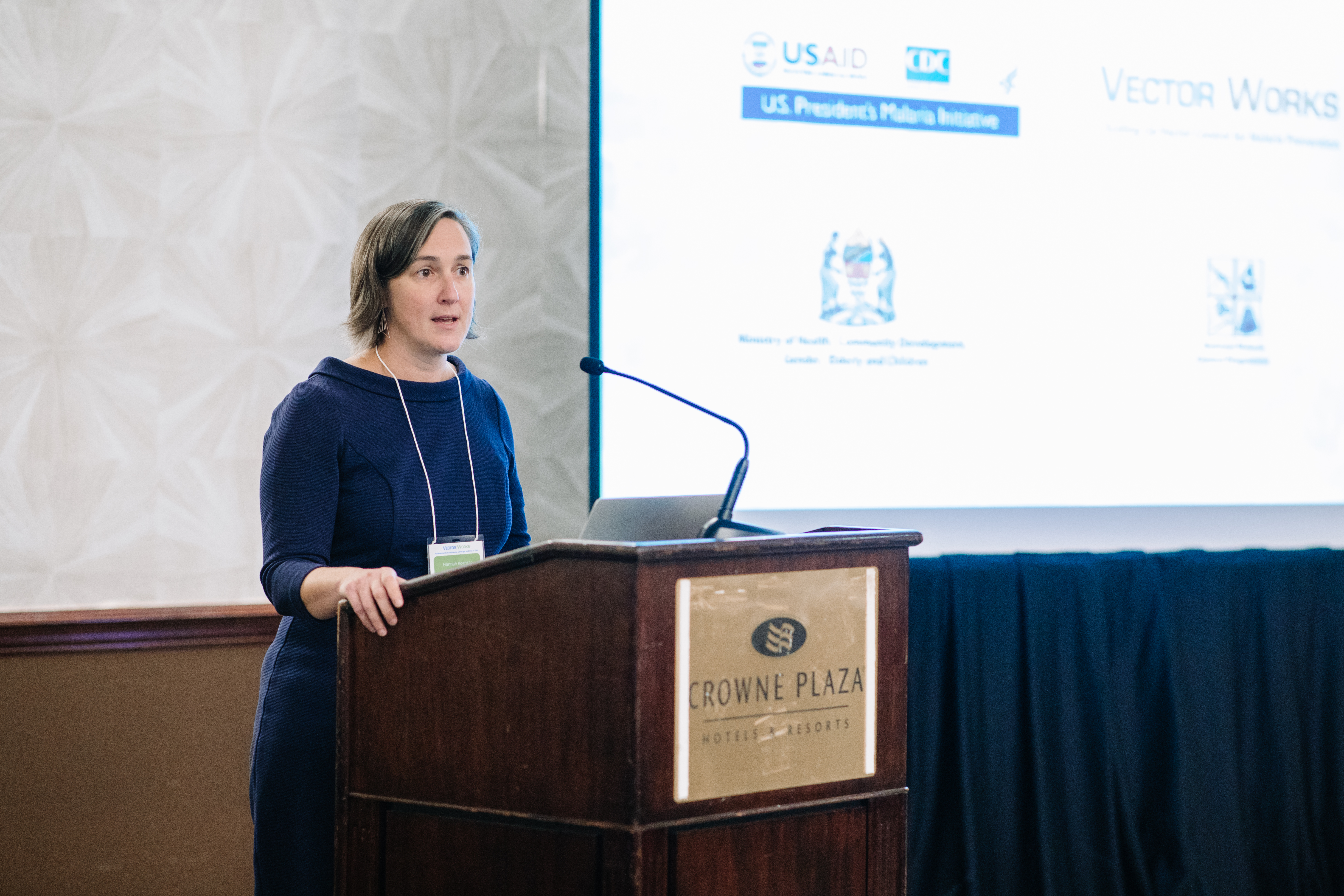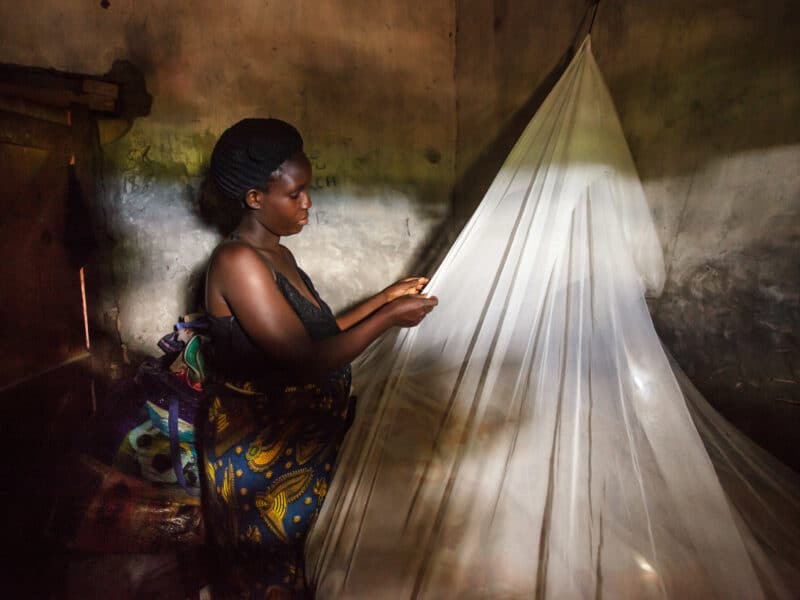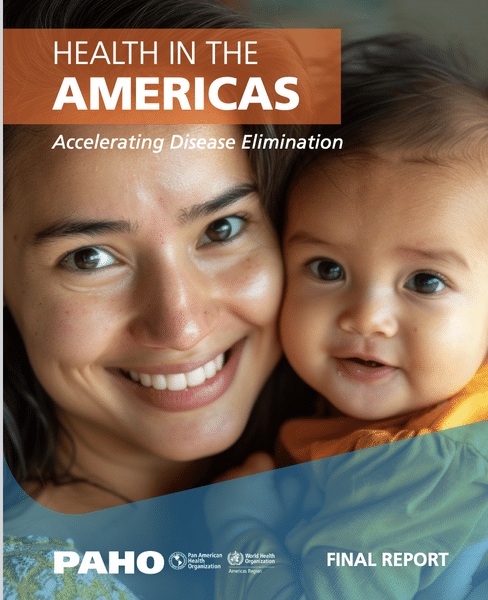Over the past five years, the Johns Hopkins Center for Communication Programs has helped deliver 55 million insecticide-treated bed nets, initiated a game-changing new way to distribute them more efficiently and fundamentally altered the way that experts look at mosquito net access and use.
The achievements of the five-year CCP-led VectorWorks project, funded by the U.S. President’s Malaria Initiative, were celebrated today at the VectorWorks’ end-of-project wrap-up event. CCP has led bed net distribution activities for the U.S. government for the past decade.
Treated bed nets, which people sleep under to protect themselves from being bitten by malaria-infected mosquitoes, are the single most effective tool available for reducing illness and death from malaria, accounting for 68 percent of cases prevented since 2000. According to the World Health Organization, in 2017, about half of all people at risk of malaria in Africa were protected by an insecticide-treated net, compared to 29 percent in 2010.
“We have fundamentally changed the landscape of how we assess insecticide-treated net coverage and use and we have better, more precise data and distribution channels that can help countries achieve and maintain universal coverage and use,” says CCP’s Hannah Koenker, PhD, director of the VectorWorks project. “Now, with the tools we leave behind, everyone can do it.”
One of the project’s biggest accomplishments, Koenker says, has been to initiate, scale up and refine what is known as continuous distribution of mosquito nets.

CCP’s Hannah Koenker, director of VectorWorks. Photo: Sloane Prince
The traditional way to distribute nets has been through mass campaigns conducted every three years to hit every household in a given area. Unfortunately, nets wear out over time – and it is nearly impossible to buy one on the commercial market – leaving many people unprotected before the next campaign kicks in.
What VectorWorks has done is scale up what is known as continuous distribution, which supplies nets yearly in schools and at pre-natal care and immunization visits at health clinics.
“Continuous distribution reduces malaria cases because it sustains really high levels of protection for people,” Koenker says. Also, it’s more integrated with local governments, there’s more local ownership and has the potential to be far more sustainable because of that.” She cautions, however, that continuous distribution is not a better solution in every setting.
Where it works, however, it can save money because fewer nets are needed in the long run to maintain net coverage.
In Tanzania, over the course of seven years, school-based distribution has led to 75 percent coverage while using 1 million fewer nets than would have been delivered through mass campaigns. Also in Tanzania, when VectorWorks began, no nets were being distributed in health clinics. Now, 86.6 percent of pregnant women get nets at their first pre-natal care appointment. In Ghana, in 2013 and 2014, only 33 percent of pregnant women were given nets. Now it’s nearly 89 percent.
More than half of the PMI countries are now piloting continuous distribution to assess if it is the right solution in their context to ensure high net coverage.
Over the course of the project, VectorWorks has both added to the evidence base regarding mosquito net use, access, durability and distribution by publishing 33 per-reviewed articles, and informed global policy change through WHO, USAID, Roll Back Malaria and the Global Fund. The project also created 33 different tools in use in the field, including one that lays out for others how they can conduct continuous distribution efforts.
Through VectorWorks, much more is known about the durability of mosquito nets as well. There are significant variations in how people treat their nets in different places. Koenker says that in highly impoverished, challenging spots in the Democratic Republic of Congo where it may rain all year round and nets are always in use, mosquito nets last an average of 1.5 years. In parts of Nigeria, by contrast, the exact same nets are still effective after five years.
Koenker explains that no matter what the next generation of mosquito nets looks like, how they are used, how durable they are and how many people have access to them will remain critical issues.
While VectorWorks was a success, there is still work to be done, she says.
“Beneficiaries are doing their job: Using nets, most of the transmission season, most of the nights,” she says. “But if we are serious about universal coverage, more insecticide-treated nets are needed than we currently provide.”





